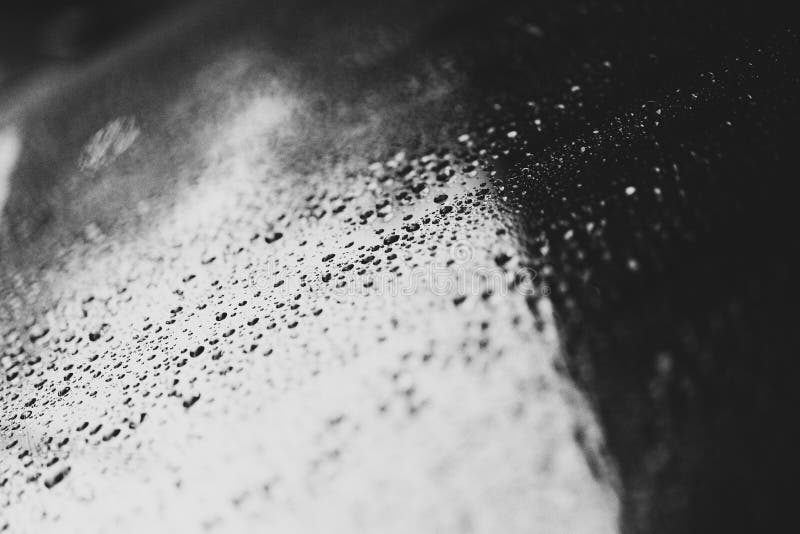
Turquoise artifacts not only recorded the development of human society but also reflected exchanges between cultures. It has always been regarded as a unique and precious gemstone in China, especially in Tibet and Inner Mongolia. Throughout the long development of Chinese culture and history, turquoise has been endowed with abundant connotations and functions related to political, decorative, economic, and religious aspects.

Their origin has not been confirmed yet (Feng et al., 2003 Mao et al., 2005 Wang et al., 2007). The earliest turquoise artifacts in China were found at the Jiahu site in Wuyang County, Henan Province, and traced back to 7000–5800 BCE (Zhang and Pan, 2002 Yang et al., 2017). Archaeologists proved that the Chinese used it for decoration in Peilligang culture beginning in the Neolithic age (Pang, 2014). Turquoise is also closely interwoven with Chinese culture and civilization (Hao and Hao, 2002). Turquoise was used even earlier in Eurasia, between 80 BCE (Kostov, 2019). It has a very long history and has played a crucial role in various cultures worldwide (Khazeni, 2014 Kostov, 2019), such as ancient Egypt (Mansour, 2014), Iran (Beale, 1973 Ovissi et al., 2017), Mexico, and the Americas (Harbottle and Weigand, 1992 Weigand and Harbottle, 1993 Hedquist, 2016). Turquoise has been widely used in jewelry and artifacts because of its attractive color. The color origin of the brownish yellow raindrops and substrates are discussed, as well as the formation mechanism of the raindrop pattern. Nearly pure fluorapatite and turquoise were also discovered in the veins. The raindrops and veins were identified as mixtures of turquoise and fluorapatite, which were distinct from the substrates. This paper investigates the differences among the raindrops, veins, and substrates (the matrix portion) of turquoise with this unique pattern using X-ray diffraction, electron probe micro-analysis, laser ablation–inductively coupled plasma–mass spectrometry, and micro-spectroscopic techniques (Raman, FTIR, and UV-Vis). This material is very rare but popular in the Chinese gem trade. “Raindrop” turquoise is a recently recognized and characterized pattern with a saturated coloration resembling raindrops.

Massive blue turquoise from the mine in Zhushan County, Hubei Province.
#Black and white raindrop pattern professional
Applied Jewelry Professional ™ Online Diplomaįigure 1.


 0 kommentar(er)
0 kommentar(er)
